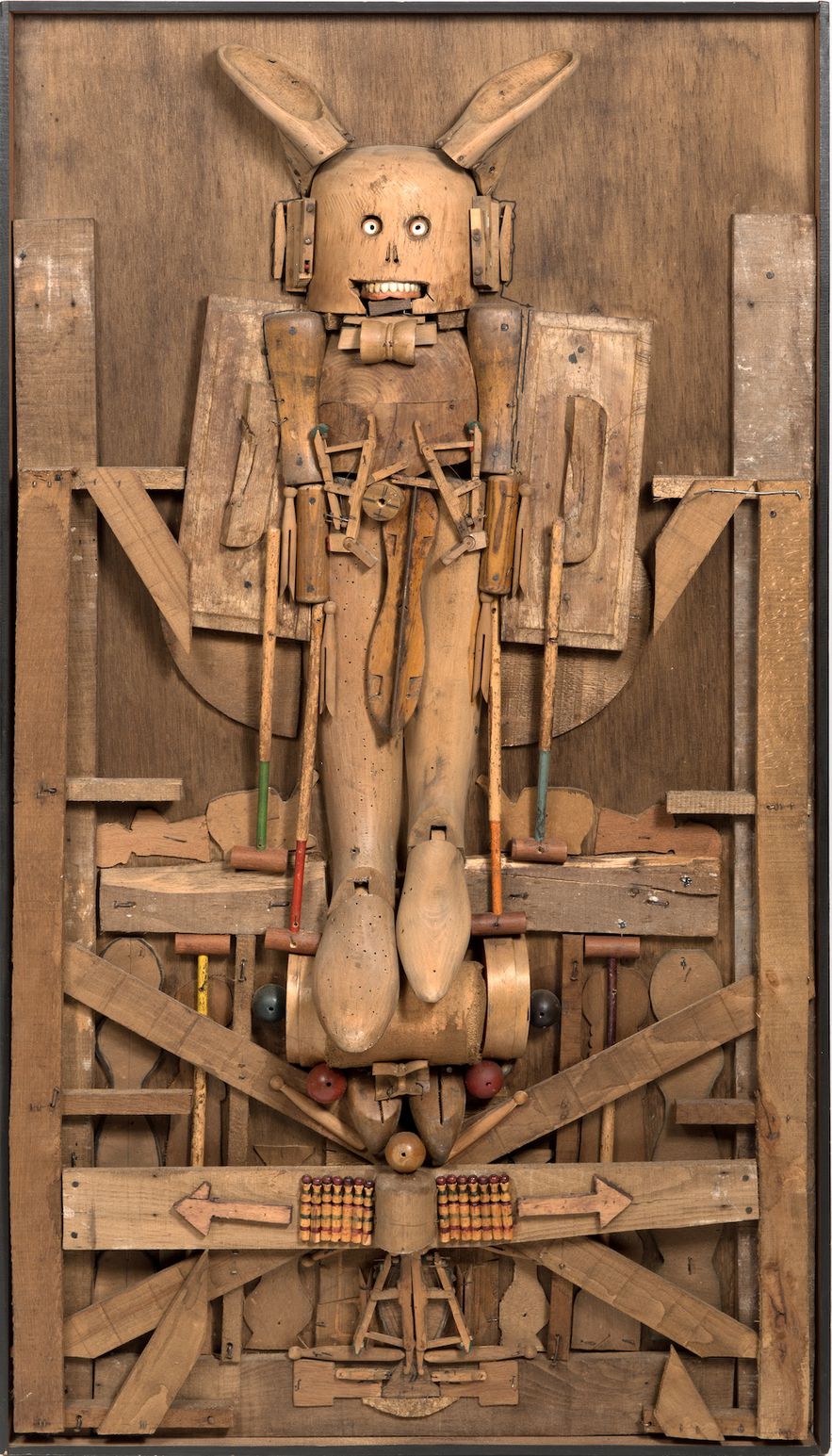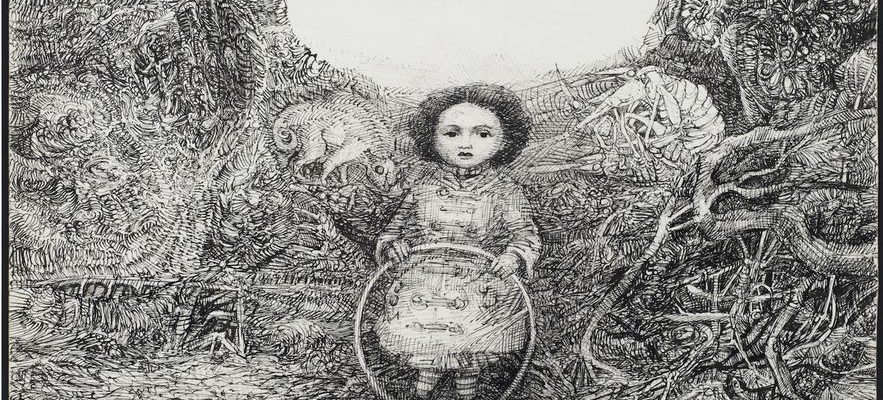“My house has no roof and the sky is absent” he wrote in one of the aphorisms he composed before his drawings and assemblages populated by disturbing creatures. Not really a merry fellow at first glance, this Louis Pons. Except that he counterbalanced the monstrosity of his motives with an equally fierce humor and that, in real life, he was funny, quirky, certainly lonely and pessimistic, but passionately curious about people and things, if we are to believe the testimonies. of those who have accompanied his career as an unclassifiable artist. It does not in fact belong to any chapel, even if the history of art has often placed it in the surrealism or art brut box. “I never felt surreal, I belong to a tradition of somewhat special people who have been in the minority at all times,” he summed up a few years before his death. Under the leadership of Adrien Bossard and Claude Miglietti, the Cantini museum in Marseille, in partnership with the Lympia space in Nice, is devoting a rich exhibition to him of around a hundred works, to be discovered until September 3.
Louis Pons was born in Marseille in 1927 into a modest home. Suffering from severe visual disturbances from childhood, he struggles facing the blackboard. Directed towards an adjuster’s CAP, he already knows that he will not make it his job: the pencil, often used on the sidelines of his school notebooks, will be his playground. self-taught, he officiated as a press caricaturist, before being overtaken by Art with a capital A, a world which was totally unknown to him and which he discovered with the poet Joël Bousquet in Carcassonne where the latter, nailed to the reads, then receives the cream of the painters and feathers of his time. A revelation.
Louis Pons, “Girl with a hoop”, 1962.
/ © ADAGP, Paris 2023
Thousands of sheets follow, on which Indian ink intertwines the lines until morbid forms appear on the borderline of the fantastic. In the 1960s, his sight problems no longer allowing him to draw with the required precision, Pons created three-dimensional works from scrap objects unearthed in the dumps of the Var hinterland. These assemblages of “bits of nothing”, which exert a sort of power of attraction-repulsion on the viewer, are an invitation to “see beyond”. “I find a meaning rather after having realized my objects and provided that there are contradictory meanings. The more meaning there is, the more complex it is, the more I have succeeded in my shot. I see the meaning in the multiplicity because it seems to me that life is not a simple thing. So for it to be interesting, it has to look a bit like life.”

Louis Pons, “Sport and leisure”, 1984.
/ © ADAGP, Paris 2023
During his lifetime, Louis Pons was never a central figure in contemporary art and all his life dragged the devil by the tail, even if, from the 1960s, the artistic world took an interest in him: his his work has notably been shown at the Grand Palais, the Museum of Modern Art, the Guggenheim in New York, and in renowned galleries, such as those of Claude Bernard, Alphonse Chave or Point Cardinal, which have supported him throughout. course. But the retrospective dedicated to him today in Marseille will remain the artist’s first in a museum. It is also explicitly subtitled “I’ll have the skin of things”, a credo taken from one of the countless fragments of poetic texts that Pons left us.
